Successfully navigating the care of a child or adult with WAGR syndrome is easier when you have information from experts, and practical advice and encouragement from other parents and families.
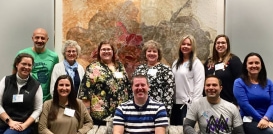
The role of genetics in WAGR syndrome can seem confusing and overwhelming. However, a basic knowledge is possible and can be a big help in understanding the diagnosis and treatment of this disorder and the conditions associated with it.
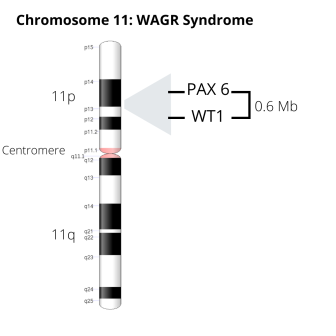
BDNF stands for Brain-derived neurotrophic factor. BDNF is a protein found in the brain and spinal cord. About 50% of people with WAGR syndrome have a deletion of one copy of the BDNF gene. Find out more about this gene and how it can affect people with WAGR syndrome.
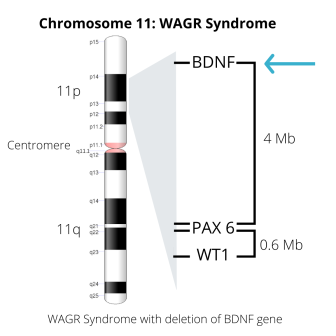
If your child is an infant and has recently been diagnosed with WAGR syndrome, you are probably feeling overwhelmed right now. The baby you eagerly anticipated is suddenly a child with a frightening diagnosis. The future may seem dark and full of unknowns. However, your child with WAGR syndrome is first and foremost: a child. In time, he will smile and laugh, learn and grow, and enjoy life. And in time, you will too.
Some children and adults with WAGR syndrome have challenging behaviors. These may include tantrums, “meltdowns,” rages, self-injury or aggression. These behaviors can be extremely difficult for both the individual and family. There are many possible causes for these behaviors, and many potential treatments for improving them.
You are not alone! Other parents have been where you are now. Here are their suggestions for getting through the experience.
Some people with WAGR syndrome have difficulties with toilet training. This document describes a toilet training protocol which has been effective for other parents.
Parents of children and adults with WAGR syndrome interact with many doctors. The best parent-physician relationships are a partnership with both parties contributing to the goal of the ensuring the best possible medical care.

Children with WAGR syndrome often have multiple medical diagnoses and a variety of medical needs. This checklist can help you make sure your child is getting appropriate medical care at each stage of life.
The Teacher Advice Form helps families and teachers ensure that students with WAGR syndrome receive appropriate classroom instruction.
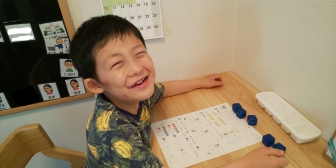
"Early Intervention" refers to services and support for babies and young children with developmental delays, including physical therapy, occupational therapy, and speech therapy. Early Intervention can help children with WAGR syndrome to achieve developmental milestones more quickly than they could without such help.
School-age children with WAGR syndrome have vision impairment and other disabilities that impact their education. Special Education services that provide modifications in the classroom, teaching methods, or instructional materials can help children with WAGR syndrome to reach their potential.
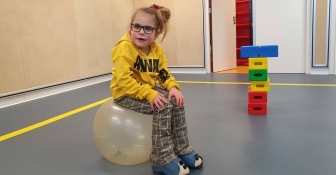
Living with WAGR syndrome can be challenging, but it can also be fun, fulfilling, and full of love. These Family Stories and Sibling Perspectives introduce individuals of all ages with WAGR syndrome, and the families who love and care for them. We hope these stories and photographs will encourage and inspire you.
IWSA families share a realistic glimpse into their lives raising and caring for individuals with WAGR syndrome.

IWSA brothers and sisters share their thoughts on growing up with a sibling with WAGR syndrome.
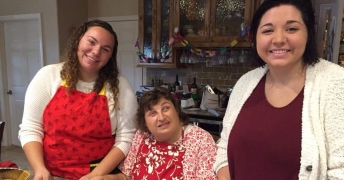
Sign up for News & Events
COPYRIGHT© 2025 IWSA / International WAGR Syndrome Association
